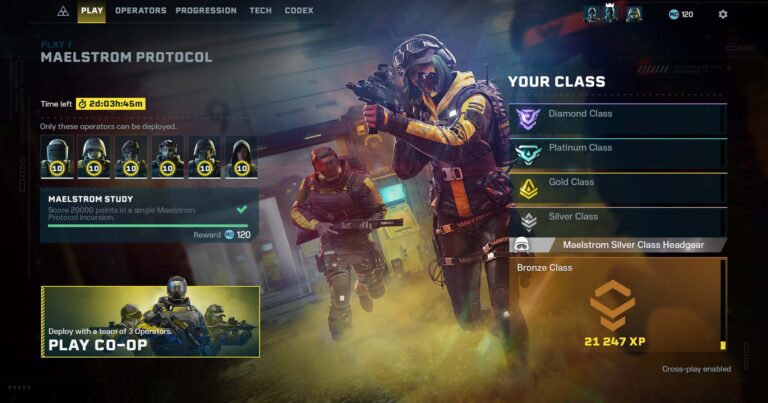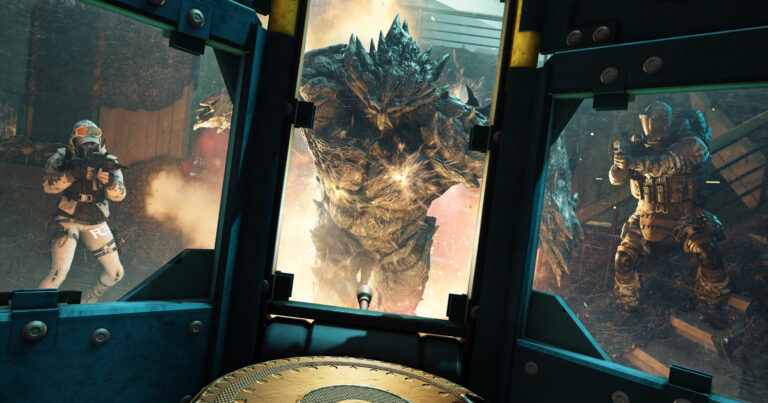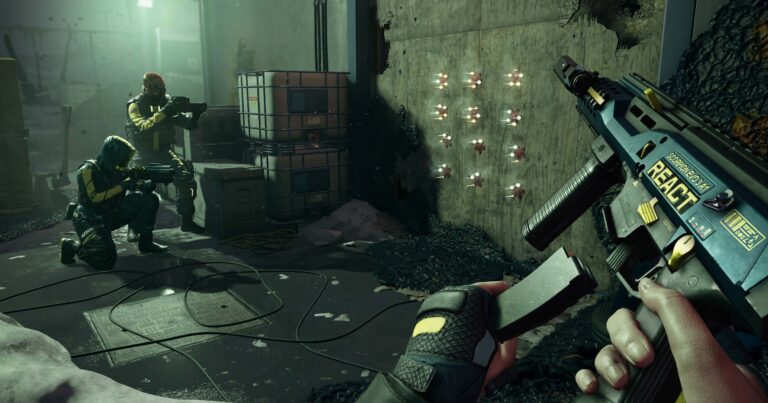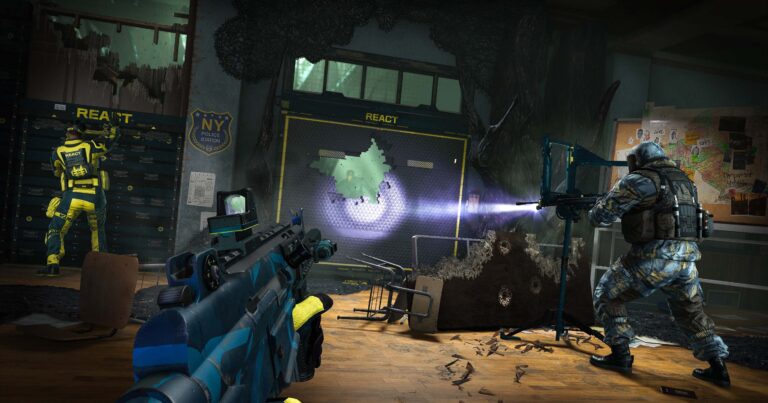Optus Mobile Review ALDI Mobile Review Amaysim Mobile Review Belong Mobile Review Circles.Life Review Vodafone Mobile Review Woolworths Mobile Review Felix Mobile Review Best iPhone Plans Best Family Mobile Plans Best Budget Smartphones Best Prepaid Plans Best SIM-Only Plans Best Plans For Kids And Teens Best Cheap Mobile Plans Telstra vs Optus Mobile Optus NBN Review Belong NBN Review Vodafone NBN Review Superloop NBN Review Aussie BB NBN Review iiNet NBN Review MyRepublic NBN Review TPG NBN Review Best NBN Satellite Plans Best NBN Alternatives Best NBN Providers Best Home Wireless Plans What is a Good NBN Speed? Test NBN Speed How to speed up your internet Optus vs Telstra Broadband ExpressVPN Review CyberGhost VPN Review NordVPN Review PureVPN Review Norton Secure VPN Review IPVanish VPN Review Windscribe VPN Review Hotspot Shield VPN Review Best cheap VPN services Best VPN for streaming Best VPNs for gaming What is a VPN? VPNs for ad-blocking The thing is, Rainbow Six Extraction’s warts start to show from very early on. For starters, this may as well not have a story, which is odd considering how Siege’s operators have gone from two-sentence bios to fully fleshed-out characters with dedicated fan followings. There’s an opening cutscene and you’ll get the odd additional cutscene when you reach certain Milestones (XP ranks), but that’s about it. To combat this all-too-frequent feeling of sameness, developer Ubisoft Montreal has employed the services of RNGesus to spice things up. When the randomised in-level elements are in harmony, they make for a compelling chorus of gameplay that incentivises stealth and ramps up the tension if you make a mistake or just randomly decide to go loud. There are a dozen or so objectives that you can be asked to complete, and their locations are randomised across the map. Tackled as an appropriately coordinated group with the right guns and gear, these foes can often be steamrolled. But when played solo with an operator you’re trying to level up, maybe testing a new gun or gear item, you’ll quickly find just how spongey these harder foes can be, even when you’re emptying dozens of bullets into their so-called weak spot. This gripe is highlighted with some of the spongiest foes outside of The Division when it comes to Rainbow Six Extraction’s boss fights. Speaking of operators, you’ll unlock them in groups for particular Milestones, which is a squandered opportunity given how they could have been spread out, so you have more meaningful unlocks in your pursuit of the Milestone 18 endgame content (more on that below). Certain operators feel like a good fit and fun to play from the start, while others make no sense, either because of low-capacity, high-recoil guns that feel out of place in this kind of PvE shooter, or because their abilities suck. Fuze and Tachanka, for instance, are incredibly situational, with the former’s ability playing against the stealth tactics that are incentivised by extra XP rewards and the latter’s locked to a fixed spot, rather than his much-improved form in recent Siege (which would’ve rocked in Rainbow Six Extraction). Regardless of which operators you love or loathe, it takes a fair chunk of time to max them out at level 10. The fastest way to upgrade both operator and XP rank is by completing studies, which amount to Achievement-like challenges that are critical for 100 percenting the four areas. It’s fine when the challenges are straightforward enough or incentivise you to try new operators or tactics. But other times the conditions of these studies are wholly dependent on RNG, which sometimes pushes you to max out the difficulty just to try and get the condition to pop so you can clear it. If it doesn’t pop, you can get into the game and extract immediately, but that feels more like a frustrating waste of time. Had Ubisoft Montreal built these studies around tailored objectives with a natural progression, rather than early challenges feeling like they’re asking you to max out the difficulty or keep grinding to get the enemy you need to clear it, these may have felt less grindy and more satisfying. Worse still is the relatively high asking price to play the game, coupled with an in-game store that wants you to hand over even more cash for cosmetic items. It begs the question why this wasn’t a premium, optional expansion for the Siege player base rather than a standalone thing that doesn’t feel like it can stand on its own two feet half the time. Those with an Xbox Game Pass subscription have access to the game on day one, so that’s less of a gripe for them. But for everyone else, paying up to $79.95 for a game that frustrates as much as it delights, demanding you grind to get to the better parts of its gameplay loop, it makes the disappointing parts of Rainbow Six Extraction loom larger. Assignments, though, are weekly resetting things which, at least during the pre-release review phase, were limited to one at a time. So unless you want to replay it, this max-difficulty mode is best played once so you don’t get bored. Similarly, Maelstrom Protocol is unlocked at Milestone 18 and is also a weekly rotating affair. The catch is you’re playing through up to nine sections instead of the usual three, and operator choices are restricted to a handful of options. Considering you’re basically dead weight if you don’t have the right maxed-out operators, this further underlines the grindiness of Rainbow Six Extraction to make sure you have at least three of the six operators at max (or close to max) level so you’re not letting down the team. Like Assignments, the curated nature of Maelstrom is a better fit than Ian Malcolm levels of devotion to chaotic randomness, with the tense shootouts and subsequent resource management reminiscent of GTFO. Ultimately, Rainbow Six Extraction’s endgame should have been the game, or at least the curated approach should have been part of the main gameplay formula.




